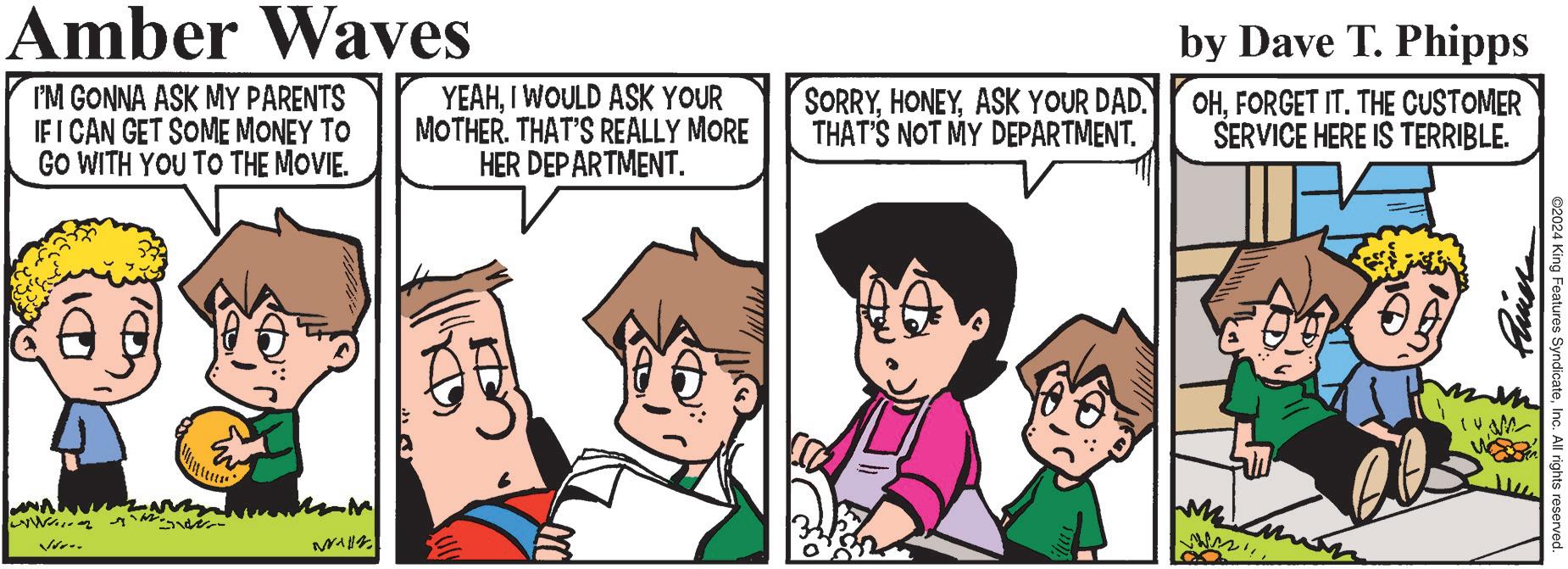












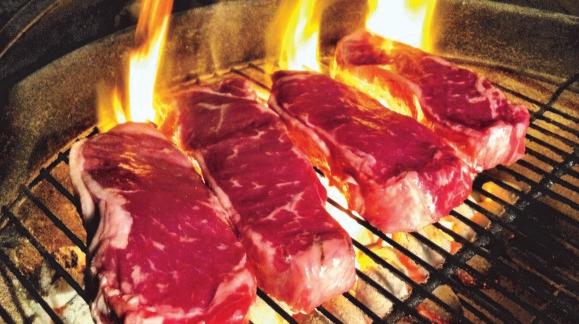



The passenger pigeon’s name comes from the French “pigeon de passage” meaning “to pass by” referring to them “passing by” during migration. Once there were between 3 and 5 billion passenger pigeons in North America. Within 40 years, they were extinct.
• Passenger pigeons gathered in large communal flocks to mate, raise their young, and feed. But when it was time to migrate, they came together in flocks that were astonishing in size. One flock seen over southern Ontario in 1866 was estimated to have been a mile wide and between 300 and 500 miles (480-800 km) long, taking 14 hours to pass overhead. It was commonly reported that the size of the flocks blotted out the sun and sounded like thunder.
• One modern naturalist estimated that if the entire population of passenger pigeons flew single-file, the flock would stretch around the globe at the equator 22 times. Many researchers feel it was the most numerous bird on earth at the time. One ornithologist believed that the sheer volume of passenger pigeons accounted for between 25% and 40% of the total population of birds in the U.S. Conservationist Aldo Leopold described their passing as “a feathered tempest.” (cont)
























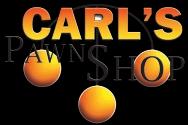


is Published & Distributed Weekly By: CindAl Publishing Company 812 55th St. Vienna, WV 26105
e-mail: alan@tidbitsmov.com
Advertising: 304.210.3812
We reserve the absolute right to accept, reject, discontinue or refuse any advertisement personal or commercial that we deem may not be conducive for our publication or Tidbits®. The publisher does not assume any responsibility for the claims of its advertisers. Tidbits® is committed to remain a family oriented publication. www.tidbitsmov.com
• Their range covered most of North America, from the Rockies to the Atlantic, and central Canada to the Gulf of Mexico. They depended on vast expanses of hardwood forests of beech, oak, and chestnut for sustenance, and added berries and bugs in the summer.
• The birds could fly at sustained speeds of 60 mph (96 km/h). While roosting, they could fly far afield in search of new food sources, covering up to 100 miles (160 km) every morning and evening. This also made it easy for them to migrate long distances. In 1813, after witnessing the passing of a flock that took three days to fly overhead, ornithologist John James Audubon estimated that they could likely cross the Atlantic in three days.
• The birds had incredible maneuverability and could easily fly through dense forests where predatory birds could not navigate.
• They laid a single egg per nest. Chicks hatched after two weeks and fledged two weeks later, much faster than most other birds. This gave the passenger pigeon a head start over other birds regarding food sources and allowed them to fly to new areas to forage.
• The passenger pigeon had hyper-social tendencies. Whereas most pigeon species have one or two nests per tree, passenger pigeons had hundreds. They roosted so close together that branches broke under their weight.
• The safety-in-numbers habit of the passenger pigeon meant that normal predators like foxes and hawks could pick away at their numbers while leaving the vast majority unharmed. But it led to their demise when humans entered the mix. When massed together, they became easy prey for men who slaughtered them in atrocious numbers, especially during nesting season. And there was plenty of incentive to do so, along with increasingly easy means of getting it done. (cont)
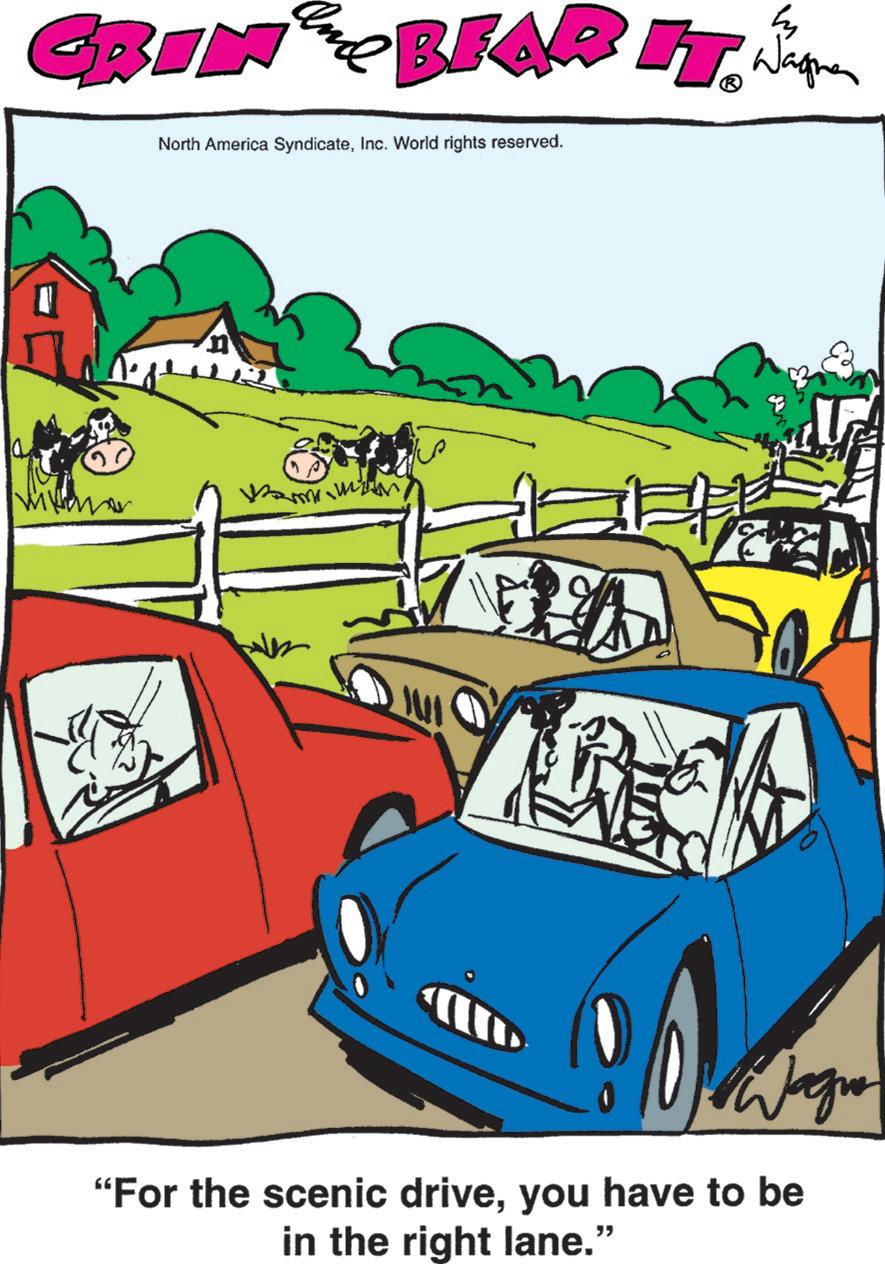

In this issue of TidbitsMOV our boy Tommy Tidbits is hiding Find him and enter the weekly contest, please send us a message including your name, Postal mail address the issue number you are referring to and which ad is hosting Tommy for the week! Visit www.tidbitsmov.com or send the answer with the above information to alan@tidbitsmov.com OR you may send us a private message to our Facebook page - @TidbitsMOV. PLEASE do not post the answer directly to the page - that ruins the fun for everyone. All winners will be drawn randomly from correct responses and will be posted weekly. As with all our contests, though you are welcome to play every week, you are only eligible for one winner per household per month.










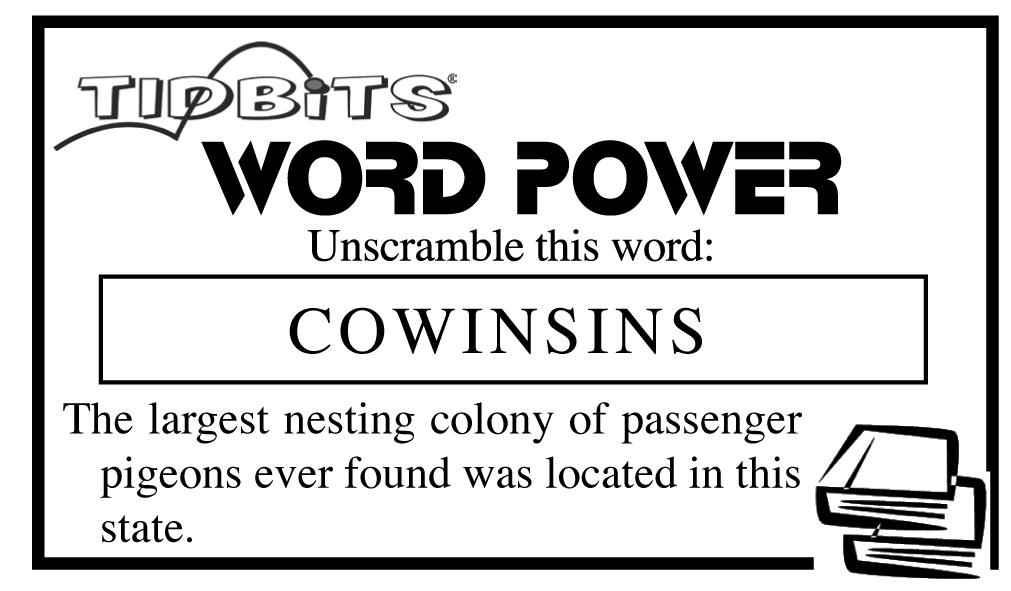


9am - 6pm

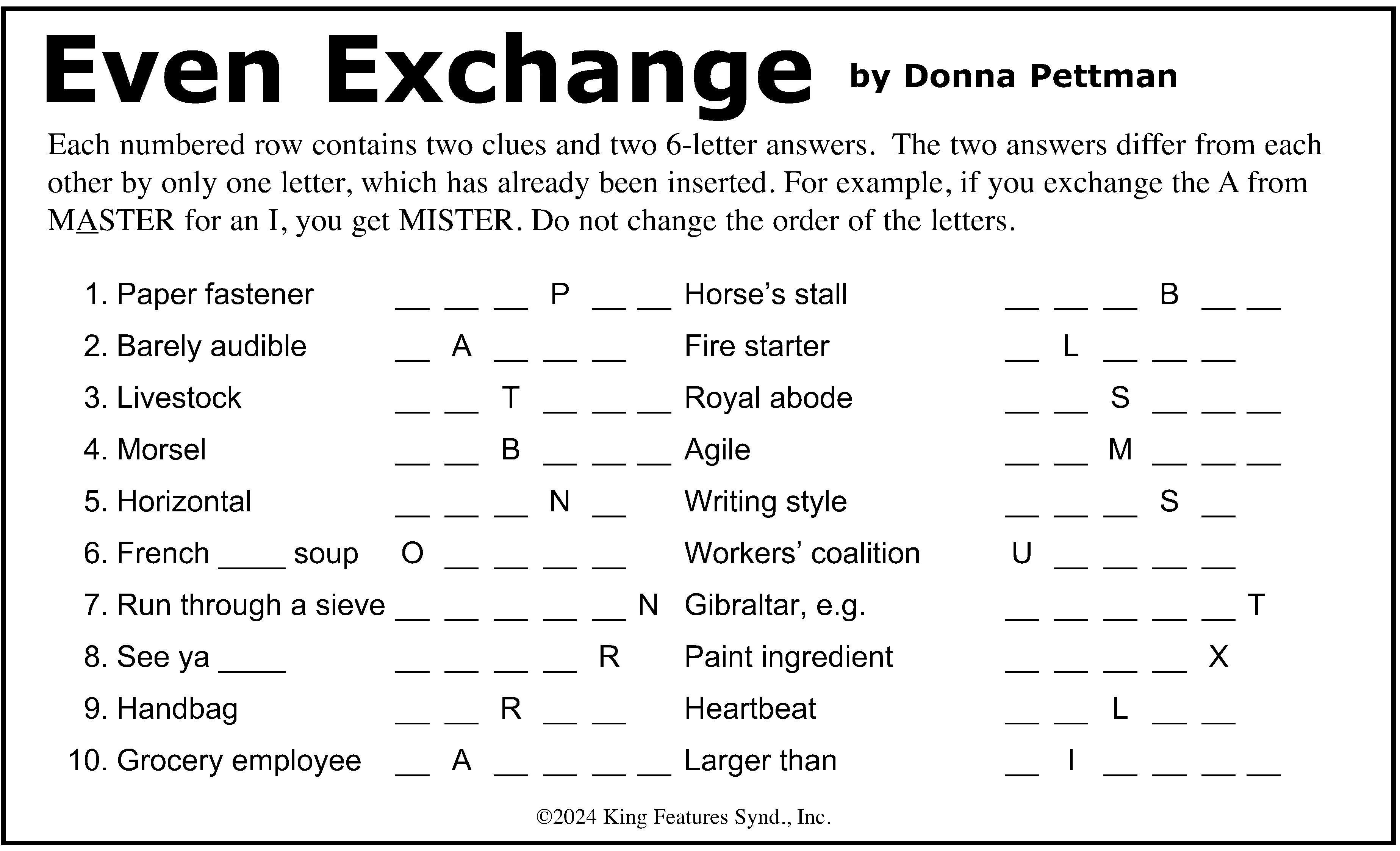









(cont)
• Passenger pigeons were not only easy to kill but also tasted good. The Civil War meant that soldiers and slaves needed food in times of scarcity. Pioneers and homesteaders, after barely surviving a winter, enjoyed a windfall of free pigeon pie. The telegraph was invented about the same time that the railroads were expanding, which made it easy for professional pigeon hunters to find out where the flocks were and travel there to kill them. The invention of the refrigerated boxcar in 1878 accelerated the slaughter. Birds were packed in barrels and shipped back to the cities by the boxcar load to be sold for fifty cents a dozen. A financial crisis in 1873 resulted in a depression, leaving more people than ever desperate for cheap food. The commercial pigeon industry flourished.
• Hunters found it easy to kill the greatest number of pigeons in the shortest period of time while they were nesting densely in trees. This killed the adults during the critical period of reproduction, meaningfew chicks survived
• At the same time, the birds’ habitat was being systematically destroyed, as forests were cut down by timber companies cutting lumber and farmers clearing land for agriculture. With less food available, the pigeons invaded the farmers’ fields. Farmers killed as many pigeons as possible to protect their crops, and used them as fertilizer. Hunters fed them alcohol-spiked grain to make them easier to capture. Fires set at the base of nesting trees drove them into nets. Pots of burning sulfur caused dazed birds to fall to the ground.
• One of the very last large nestings of passenger pigeons happened near Petoskey, Michigan, in 1878. Here, hunters killed an estimated 50,000 birds a day, which continued daily for almost five months. Over a million birds were exterminated from that flock. Yet people believed that the pigeons were inexhaustible
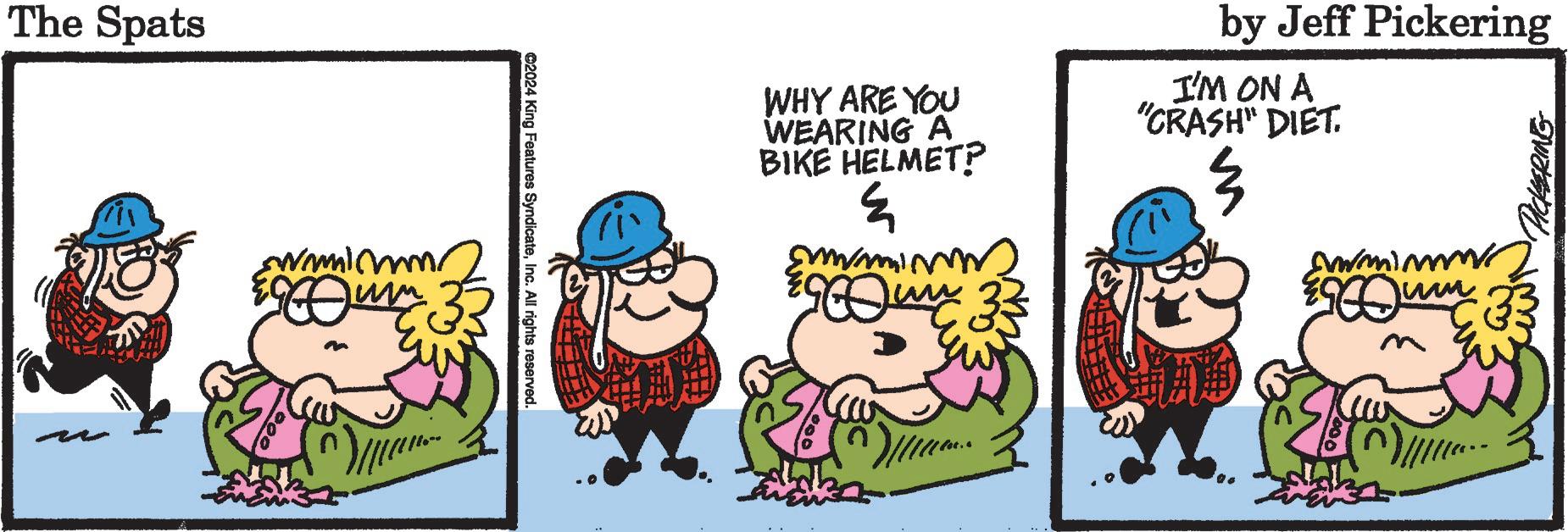

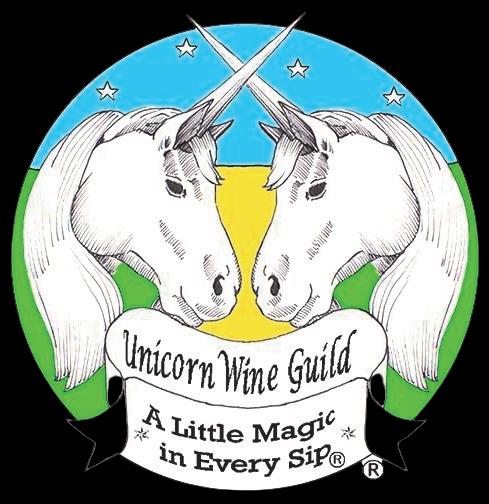

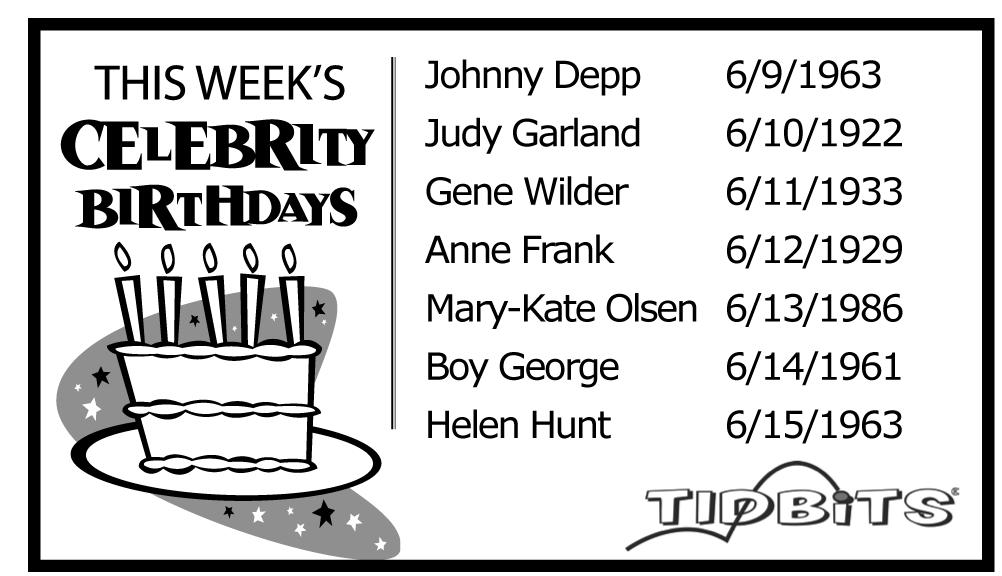
(cont)
• By the 1890s, the flocks had become noticeably depleted. Now, serious conservation legislation was passed in states like Michigan and Pennsylvania. But it was far too little and much too late. Passenger pigeon numbers were in freefall. There was a steady decline in their numbers between about 1800 and 1870, and a catastrophic decline between 1870 and 1900.
• By the mid-1890s, flock sizes numbered in the dozens rather than billions. The pigeons required large flocks in order to reproduce, but their numbers had fallen below that minimum threshold. Once the population reached a critical low point, the species was doomed, even though thousands of them remained. The birds were unable to adapt to living in small flocks.
• The last bird ever killed in the wild was shot by a boy with a BB gun in March of 1900 in Ohio. The last verified siting of one in the wild was in Indiana in 1902.
• In 1900, the Cincinnati Zoo owned one of the last flocks of a few dozen passenger pigeons. They failed to produce any fertilized eggs, and died off one by one. By 1906, there were only five left. The last remaining pigeons were a mated pair named George and Martha Washington. When George died, a reward of $1,000 was offered to anyone who could bring in another live male passenger pigeon, but none was ever found. The American Ornithologists' Union offered $1,500 to anyone finding a nest or nesting colony of passenger pigeons. It was futile.
• The end finally came on September 1, 1914, when Martha died in her cage at the Cincinnati Zoo. The passenger pigeon was no more. A memorial statue of Martha stands on the grounds of the Cincinnati Zoo. The Smithsonian Museum owns her preserved body.


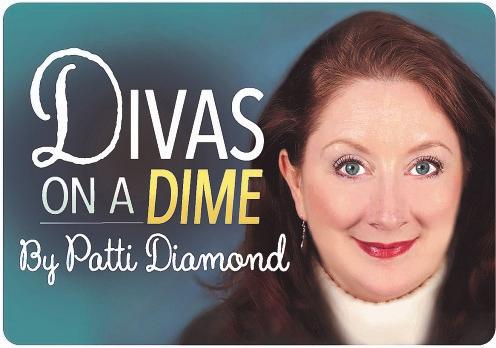
Make Dad's Day Delicious with TexasStyle BBQ Ribs
This Sunday is Father's Day. That means it's time to give Dad and all the father figures in your life the ultimate treat: mouthwatering, luscious Texas-style BBQ ribs. And guess what? You don't need to be a grill master to succeed with this masterpiece. With our "Dad-Approved" Texas-Style Rib Method, anyone can become a BBQ hero. The 3-2-1 Rib Method is a classic technique that promises succulent ribs bursting with flavor. It's a simple process: 3 hours of smoking, 2 hours of wrapping and 1 hour of glazing. Low and slow is the way to go! Trust me; your taste buds will thank you.
TEXAS-STYLE BBQ RIBS
Yield: 4-6 servings
Total Time: 6 hours, 15 minutes
2 racks pork ribs, approximately 5 to 6 pounds, trimmed
Wood chips or chunks for smoking, preferably post oak or apple wood
Barbecue rub, recipe follows Barbecue sauce, recipe follows 1/4 cup brown sugar, divided, optional 1/2 cup beer or apple juice, divided
For the Dry Rub:
1/4 cup kosher salt
1/4 cup packed brown sugar
2 tablespoons smoked paprika
1 tablespoon garlic powder
1 tablespoon onion powder
2 teaspoons black pepper
Mix rub ingredients together and place into a shaker container.

Ohio Valley Hearing Professionals will provide everything you need to regain your hearing, including; testing, fitting, programming & maintenance.
We offer financing to fit every budget.
The Widex SmartRIC will go beyond better hearing to give you better living! a pair of Widex SmartRIC 440 or 330 hearing aids. Expires 6/30/24



For the Sauce:
1/2 stick (2 ounces) butter
1/2 cup brown sugar
1/2 cup ketchup
1 tablespoon Worcestershire sauce
1 tablespoon molasses
1/4 cup apple cider vinegar
1 teaspoon onion powder
1 teaspoon garlic powder
In a saucepan, combine ingredients and heat until bubbling.
Here's How:
Start off by trimming the ribs: Remove the membrane from the back of each slab, and trim any excess fat. If your ribs aren't already trimmed to St. Louis style, then remove the riblets by locating the longest bone and cutting between the bone and cartilage the full length of the ribs. Reserve riblets for another purpose. Season generously with your favorite rub or with the provided recipe. Pat the seasoning onto the meat to ensure it sticks. Prepare your smoker or grill for indirect heat, always at a temperature between 200 F and 225 F. Add wood chips or chunks to the smoker for authentic smoky flavor.
Once the smoker is ready, place the ribs on the grill bone side down. Close the lid and let them smoke for 3 hours. Keep an eye on that temperature. Low and slow. After 3 hours, remove the ribs from the smoker and prepare to wrap them, bone side up, in aluminum foil. Sprinkle 2 tablespoons brown sugar on each rack of ribs, optional. Add 1/4 cup of apple juice or beer to each of the foil packets for extra flavor and moisture. Wrap tightly in two layers of foil.
Return the wrapped ribs to the smoker and continue cooking for another 2 hours. This step helps tenderize the meat and
infuse it with flavor. Again, low and slow. Watch that temperature.
After 2 hours, carefully unwrap the ribs and brush them with barbecue sauce. Return them to the smoker, unwrapped, bone side down, for the final hour of cooking. Low and slow. I can't emphasize this enough.
Carefully watch the ribs during this last hour, brushing them with more sauce every 15 minutes. The meat should be tender and easily pull away from the bones. There should be a little tug, or they're overcooked.
Once the ribs are done, remove them from the smoker and let them rest for 10 minutes before slicing and serving. Enjoy your delicious Texas-style ribs with your favorite sides and plenty of napkins (maybe a tarp?)!
***
Lifestyle expert Patti Diamond is the penny-pinching, partyplanning, recipe developer and content creator of the website Divas On A Dime Where Frugal, Meets Fabulous! Visit Patti at www.divasonadime.com and join the conversation on Facebook at DivasOnADimeDotCom. Email Patti at divapatti@divasonadime.com (c) 2024 King Features Synd., Inc.
Get ready to savor the smoky goodness of Texas-style ribs with this easy recipe!
PHOTO CREDIT: www.JasonCoblentz.com
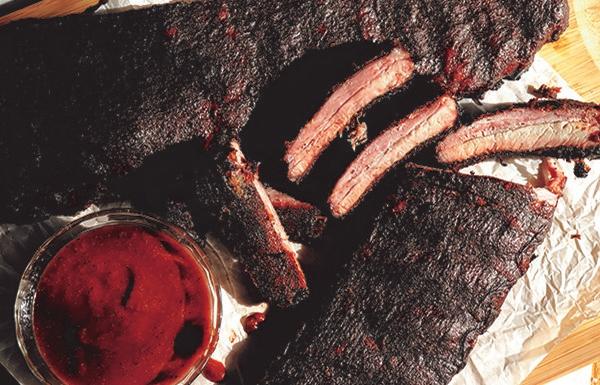


• Bridget was born into slavery in Georgia probably around 1815. She was called Biddy for short. Like most slaves, she had no official last name. As she grew, she was tutored in gardening, herbal medicines, livestock care, child care, and midwifery.
• As a young adult, she was presented to a Mormon couple in Mississippi as a wedding gift. Her new owners, Robert and Rebecca Smith, decided to join the Mormon exodus destined for Utah. In 1847, at the age of 32, Biddy was forced to join the 300-wagon caravan She tended livestock, helped the pregnant ladies, prepared meals, watched the children, and aided the sick.
• In 1851, Robert Smith joined a contingent of Mormons destined for the gold fields of California. The group, including Smith’s family and his slaves, settled in San Bernardino. In 1850, California was admitted to the Union as a free state, which meant that Robert Smith’s slaves were being held illegally. Robert Smith subsequently announced he was moving the entire clan to Texas, a slave state, to avoid having to set them all free. He knew he could sell them for a high price in Texas. Biddy wanted to remain in California to claim her freedom, fearing that a move to Texas would result in being separated from her children.
• She fled with her children and other slaves, hoping to reach Los Angeles. Smith intercepted them and reclaimed them. But when he attempted to leave California to go to Texas, an anti-slavery posse stopped them.
• The case went to court. Biddy, her three daughters (who may have been Smith’s children), and ten other slaves were held in the local jail for their own safety until the case could be heard.
• In 1856, the judge granted all of them their freedom. (Continued page #7)


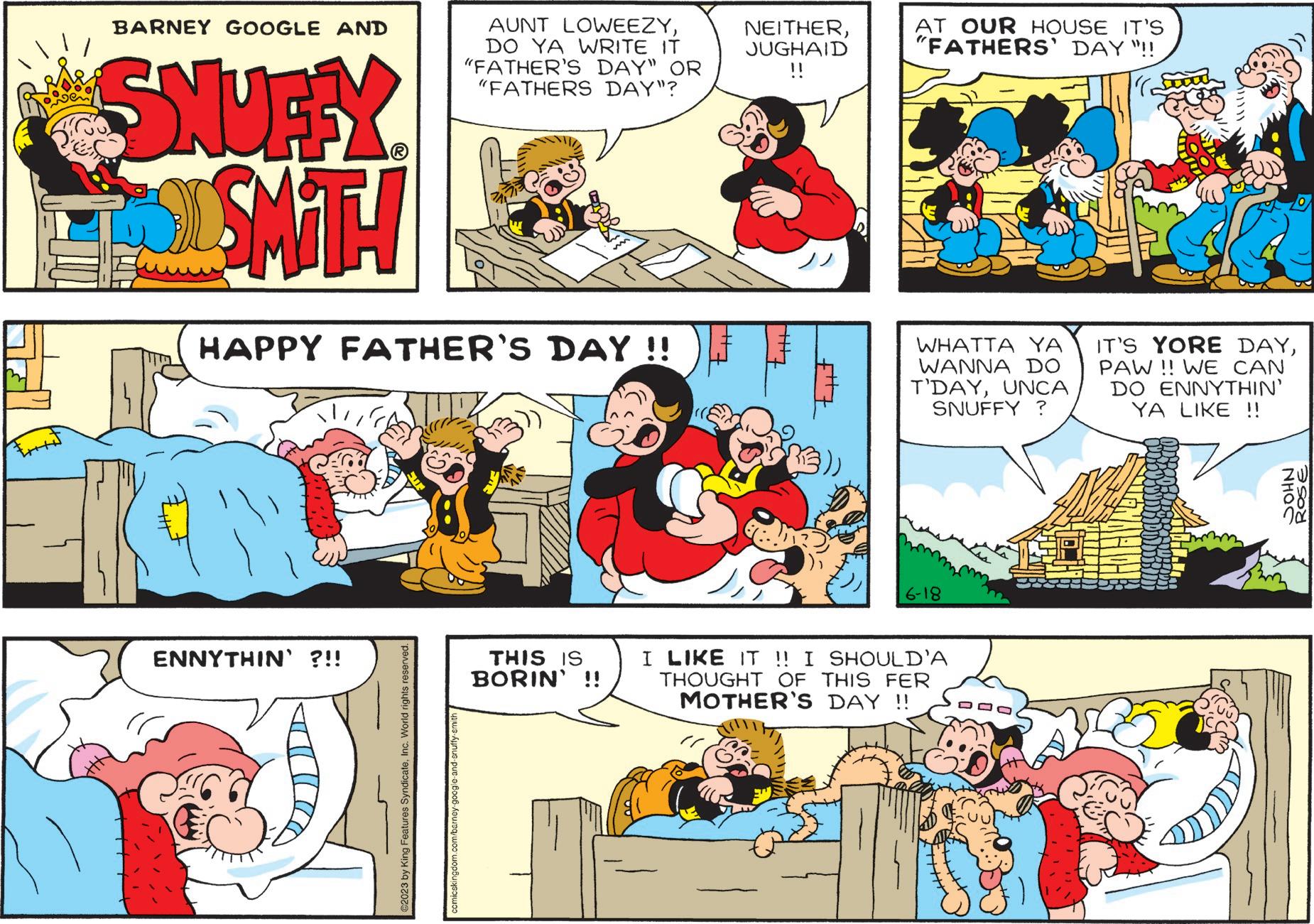







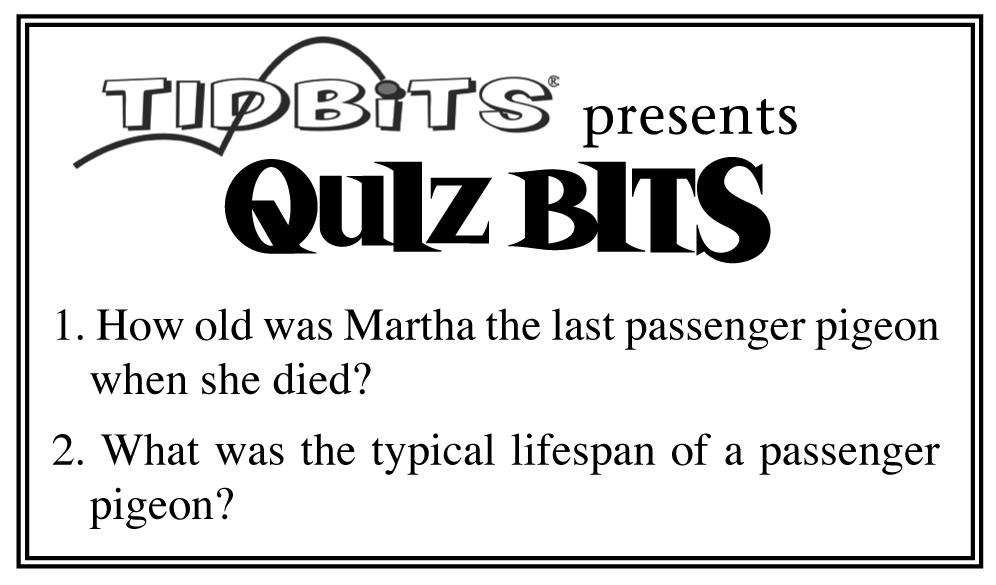
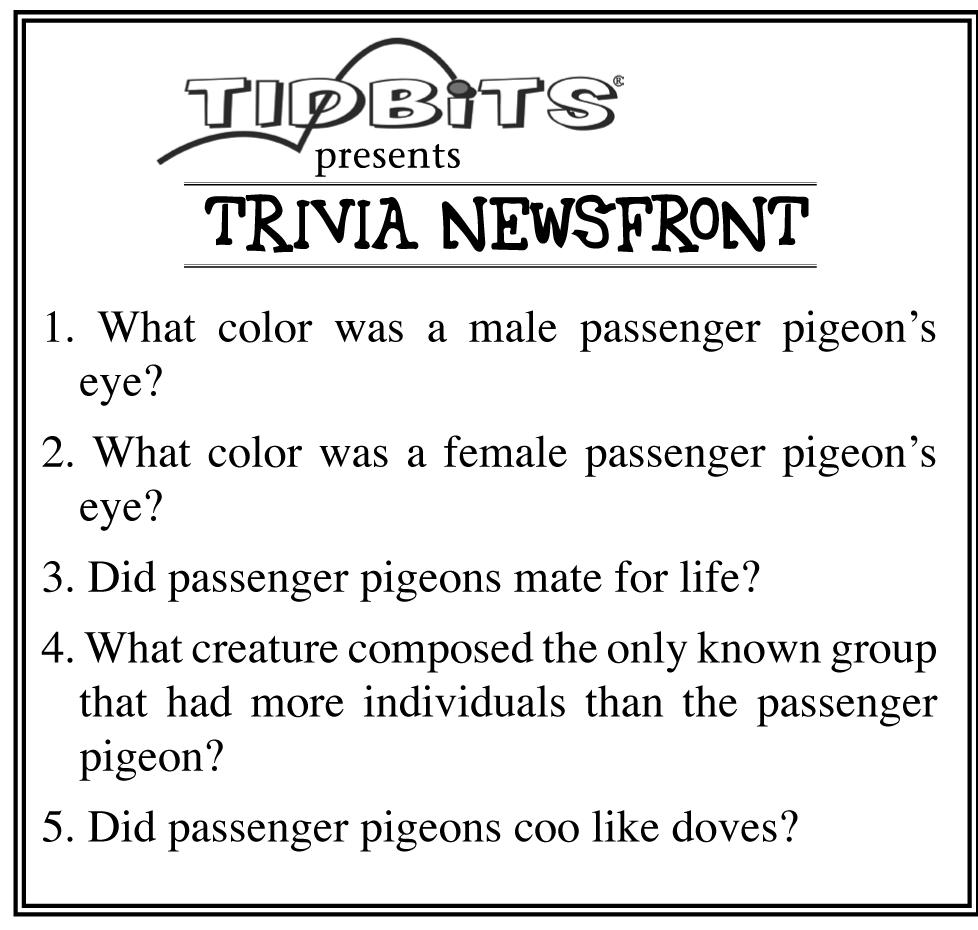







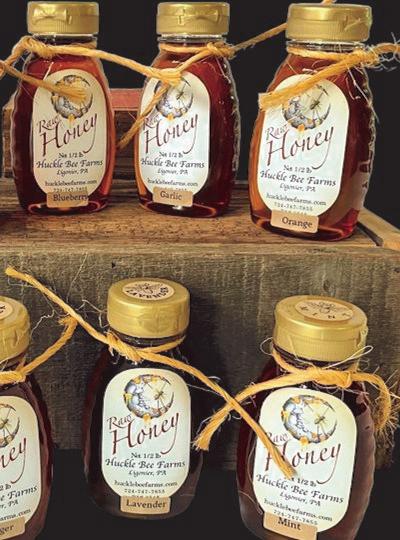














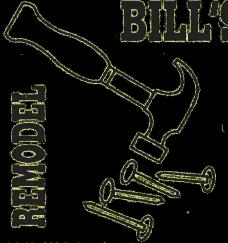

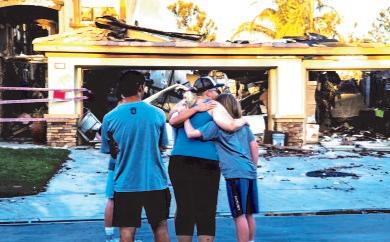




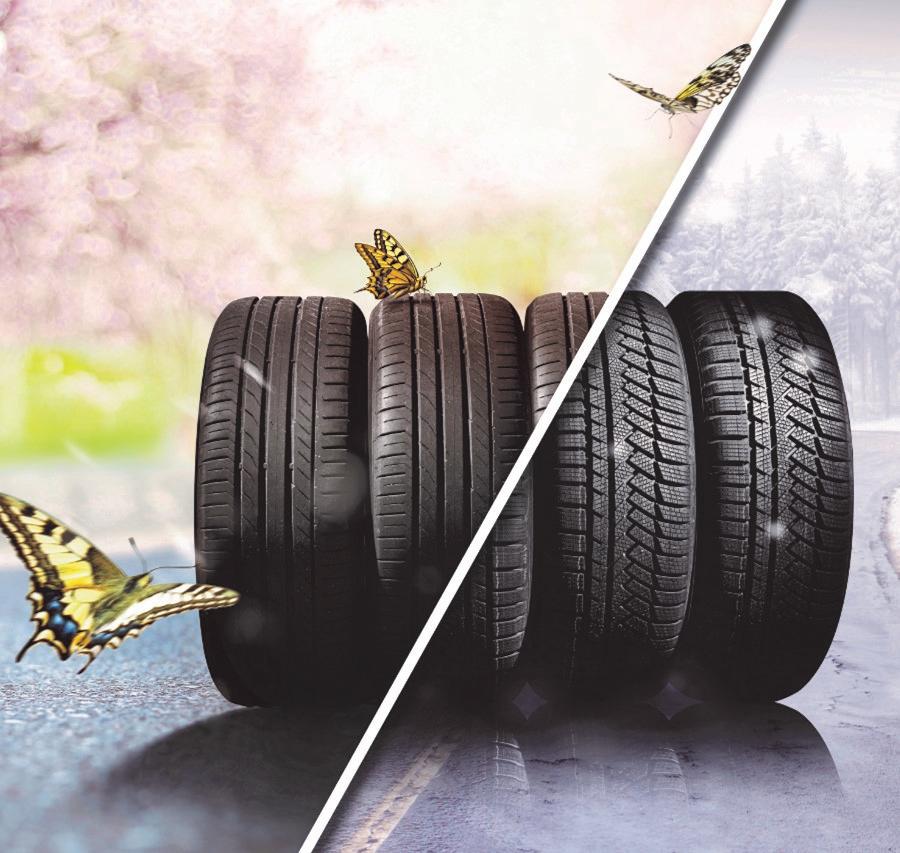
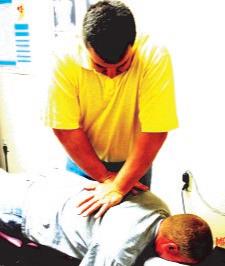
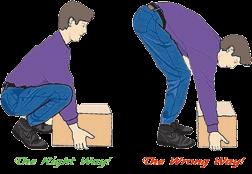

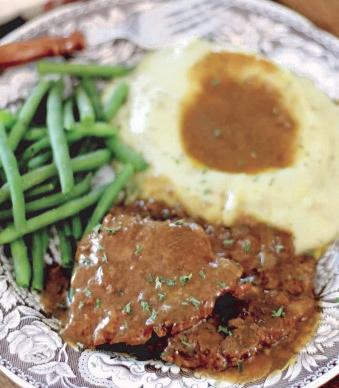




DEAR PAW'S COR-
NER: My dad finally let us adopt a puppy a few months ago, and I can't wait for summer vacation, when I can spend all day with him! He's got lots of energy, but we've been training him to follow commands so he doesn't run off. What are some outside games that I can play with him? Kerry B., Winchester, Virginia
DEAR KERRY: You're going to have a wonderful summer! It sounds like you and your family have been diligent about training your dog in basic obedience so that he'll come back to you on command, sit and stay in place. And he'll be old enough and have his most important vaccinations out of the way to stay healthy outside or when encountering other dogs. Here's a few great off-leash games to play: Fetch: The gold standard game for dogs remains a favorite. Just grab a tennis ball and toss it.
Frisbee: Energetic dogs can chase these flying discs all day.
Agility training: Start with simple tasks like going under or over obstacles.
Swimming: Fill a kiddie pool in the backyard and let your dog splash around on a hot day.
Tracking: Have your dog follow a line of treats to a "jackpot" (a toy or food). Extend the distance between treats each session. Remember, only take your dog off leash in a safe area or approved off-leash location. A fenced-in backyard is ideal, but if you don't have one of those, go to a dog park or municipal, state or federal park that has an off -leash area. Some of these games, like agility and tracking, can be done on-leash Most importantly, have fun! Send your tips, comments or questions to ask@pawscorner.com.
(c) 2024 King Features Synd., Inc.










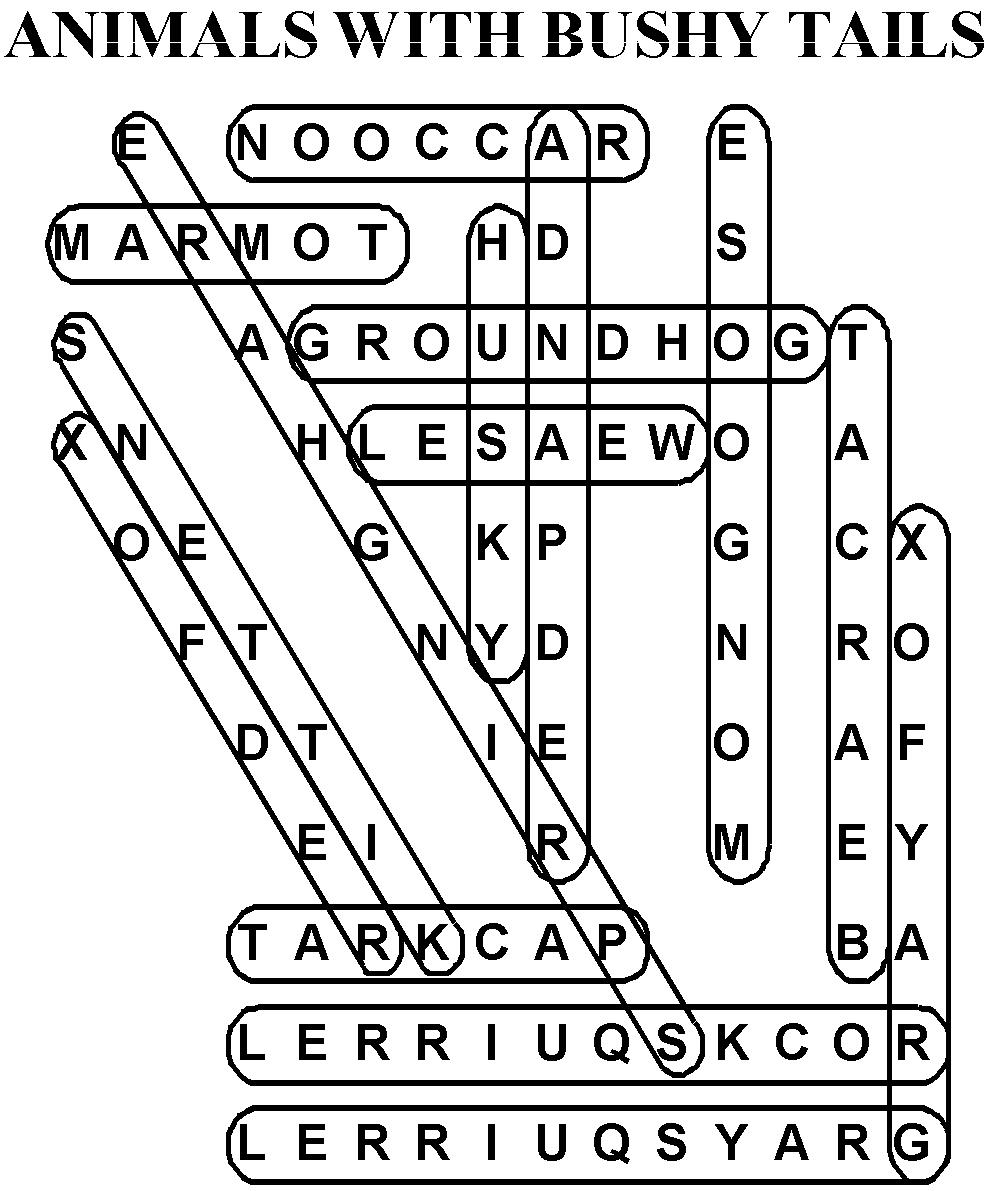








(cont)
• Finally free, Biddy took on the last name of Mason, which was likely the name of the family she had been born into in Georgia.
• She and her daughters moved to Los Angeles. Biddy worked as a nurse and midwife. In 1860, she bought a house at 331 Spring Street in downtown Los Angeles, becoming the first black woman to own property in the city. She also purchased a vacant lot nearby and rented it out as a place where horses and carriages could rest. This was likely the first official “parking lot” in L.A.
• Biddy continued to expand her holdings. Through judicious investments, she built the first elementary school for black children as well as a hospital. Her money financed the founding of the first black church in California, which is now the oldest church in Los Angeles. She used it as a food pantry, a daycare, and a shelter for homeless travelers. She provided meals for prisoners in the local jail. Biddy Mason was relentlessly philanthropic.
• When she died in 1891, she had a fortune worth an estimated $6 million in today’s dollars. In her will, she donated much of her wealth to area charities.
• Today, the location that was once her homestead at 333 South Spring Street in Los Angeles is now a memorial park to honor the life of an indomitable woman.
• This mini-park, called Biddy Mason Time and Place, was designed by landscape architects Katherine Spitz and Pamela Burton. Highlights of her life are displayed on an 80foot poured concrete wall. The display includes artifacts, papers, maps, and photographs that represent her life, from being born into slavery, to being mourned by a community that loved her.
• Surrounded by green trees, deep shade, and quiet places to sit, the park is a fitting tribute.


* Family reunions are a fun and worthwhile investment. Being together with many generations is a wonderful experience. Often, these gatherings are highly scheduled, but remember to set aside time and a designated place to simply sit and talk. Here are some other great family reunion tips from our readers. JoAnn

* T-shirts are fun for reunion memorabilia, but we also did water bottle coozies this year, and they were a big hit. You can write your name in permanent marker on one side, and then you can keep track of your bottle. B.F. in Georgia
* We find that when planning our reunion, the young adults really like theme parties, so we always have a mixer theme night to start. We had a scavenger hunt for the children where we collected clues about some of our more senior family members. To figure out who it was, the kids would listen to them tell stories and ask questions. What a great time for all!
T.E.
* Make sure that you schedule sitters for the
little ones so the adults can relax and participate. Last year, each adult with kids (and some who just wanted to help out) took shifts to be official kid wranglers and entertainers. They did an outstanding job, and the unscheduled parents had time to reconnect with adults without divided attention, and felt good that someone was designated "in charge." P.G. in California
* Our family has several members with allergy restrictions and alternative food requirements. I made sure to make a list, which I made copies of and passed along to all our planned food venues. This way, there was advance notice for those who needed gluten-free and vegetarian options. M.S. in Florida
Send your tips to Now Here's a Tip, 628 Virginia Drive, Orlando, FL 32803.
(c) 2024 King Features Synd., Inc.
